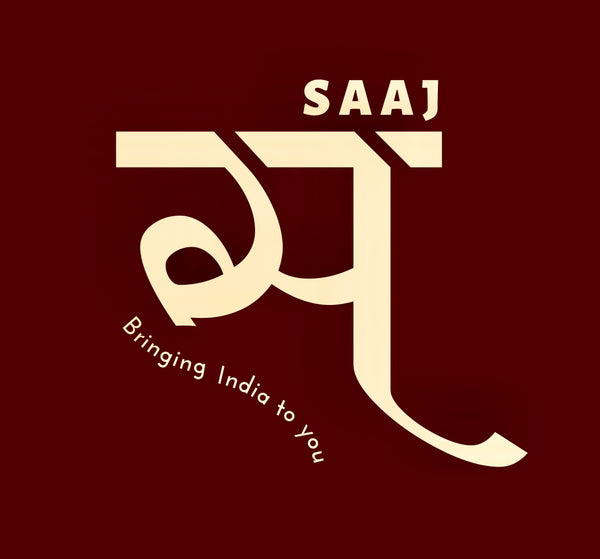
The Art of Block Printing
Block printing is a traditional form of printmaking that has been practiced for centuries in India. This technique involves carving a design into a block of material, such as wood or linoleum, and then using that block to transfer the design onto paper, fabric, or other surfaces. Take a peek into the fascinating world of block printing.
What materials are used in block printing?
Block printing requires a few essential materials, including carving tools, ink, a brayer (roller), and of course, the block itself. The block can be made from various materials, each offering unique characteristics that affect the final print.
How is a block print created?
To create a block print, the artist first sketches a design on the block. Then, using carving tools, they carefully carve away the negative space around the design, leaving the raised areas that will hold the ink. The block is then inked using a brayer and pressed onto the surface, transferring the design.
What are the advantages of block printing?
Block printing offers several advantages, including the ability to create multiple prints of the same design with consistency. It also allows for a handmade, artistic touch that is unique to each print. Additionally, block printing can be done on various surfaces, making it a versatile technique.
What are some popular applications of block printing?
Block printing is commonly used in creating art prints, textiles, and even decorative papers. Many artists and designers appreciate the organic, textured look that block printing can achieve, adding a handmade feel to their work. It is also a popular choice for creating custom patterns and designs.
How can one get started with block printing?
For those interested in trying their hand at block printing, there are plenty of resources available, from beginner kits to advanced carving tools. Taking a workshop or class can also be a great way to learn the techniques and nuances of this art form. With practice and patience, anyone can master the art of block printing.
Whether you are a seasoned printmaker or a beginner looking to explore a new artistic technique, block printing offers a rich and rewarding creative experience. The combination of craftsmanship, creativity, and tradition makes it a truly timeless art form worth exploring.
Get blown away by our latest designs here:
Coming soon…
